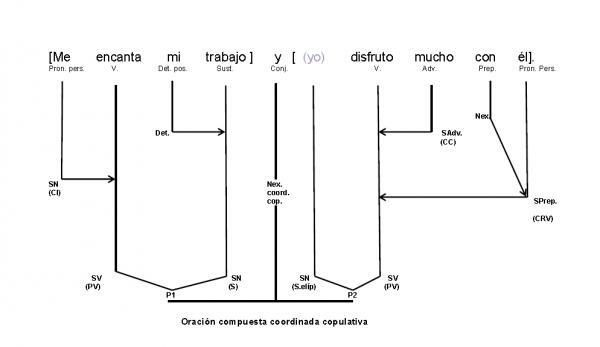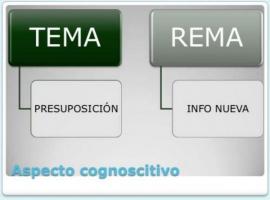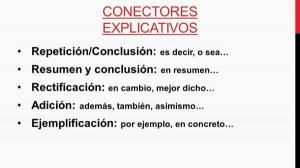Syntactic Analysis of Solved Compound Sentences

Image: Clicking4
The compound sentence (also called complex) is a sentence that is made up of more than one verb phrasel. By definition it is directly opposed to the simple sentence, which is formed by a single conjugated verb. Compound sentences can be combined through different linguistic processes, among which coordination, juxtaposition and subordination stand out. Throughout this lesson from a TEACHER we are going to review the concept and characteristics of compound sentences and propose a parsing solved compound sentences.
As we have explained in other lessons, compound sentences are basically organized into three types: coordinated sentences, juxtaposed sentences and, finally, subordinate sentences. We will briefly explain each of them:
Coordinated sentences
Coordination is the process by which two independent sentences are joined together. As each one of them is autonomous, the order can be exchanged without problem. Within the coordinated sentences we find three types according to the nexus that appears in each one of them and the syntactic relationships that are established from it:
- Copulative coordinated sentences (prototypical link: "and" that establishes a sum relation)
- Coordinated disjunctive sentences (prototypical link: "o" that indicates a relation of exclusion)
- Coordinated adversative sentences (prototypical link: "but" indicating opposition or contrast)
Juxtaposed sentences
Juxtaposition is the union of two sentences not through a nexus but through punctuation marks, such as the comma, for example.
Subordinate clauses
Subordination is the union of two sentences of which one of them is syntactically subordinated or dependent on the other. The latter is known as the principal ratio. The subordinate proposition does not have syntactic autonomy, hence its name.
In Spanish there are several types of subordinate clauses:
- Subordinate substantive clauses
- Subordinate adjective clauses
- Adverbial subordinate clauses
Each of them performs the function of a noun, an adjective, and an adverb, respectively.
In this other lesson we will discover the coordinate and subordinate sentences with examples.

Once we have reviewed the different types of compound sentences that exist in Spanish, we will move on to practice. Then we will analyze some sentences as an example, to see how each type of compound sentence is parsed:
Example 1: Yesterday we went to the Italian restaurant but it was closed
The previous sentence is tata of an adversative coordinated compound sentence, whose nexus is "but". "Yesterday" is an adverb that works as a circumstantial complement of time, the verbal nucleus of the first sentence is "we were" and of the second "was". "To the Italian restaurant" is a prepositional phrase composed of the preposition "to" that acts as a link and the term, "the Italian restaurant", formed by a noun and an adjective. "Closed" is an adjectival phrase that functions as an attribute since there is a copulative verb ("to be").
Example 2: Alicia told me that she would be home
In the previous compound sentence, "Alice" is a noun phrase that functions as a subject, while the rest of the sentence corresponds to a verb phrase, a verbal predicate. "Me" is a pronoun, indirect object, "said" is the verbal nucleus of the predicate, and "that would be at home" is a substantive subordinate clause, with direct object function, formed by the nexus "that", the verbal nucleus "would be" and "at home" is a prepositional phrase formed by the preposition "in" that functions as a link and the term, the noun "home".
Example 3: Cristina cooks, Álvaro watches a television series
We are facing a compound sentence formed by two simple sentences joined by a comma, therefore, it is a juxtaposed sentence. In the first proposition "Cristina" is a noun phrase that functions as a subject while "kitchen" is the verbal nucleus of the predicate.
In the second proposition, "Álvaro" is a noun phrase with subject function of the verb "see", which has a direct object "a television series", whose nucleus is the noun "series" that is accompanied by the indeterminate article "una" and the prepositional phrase "television", formed in turn by the preposition "de" which is the link and the term, the noun "TV".


